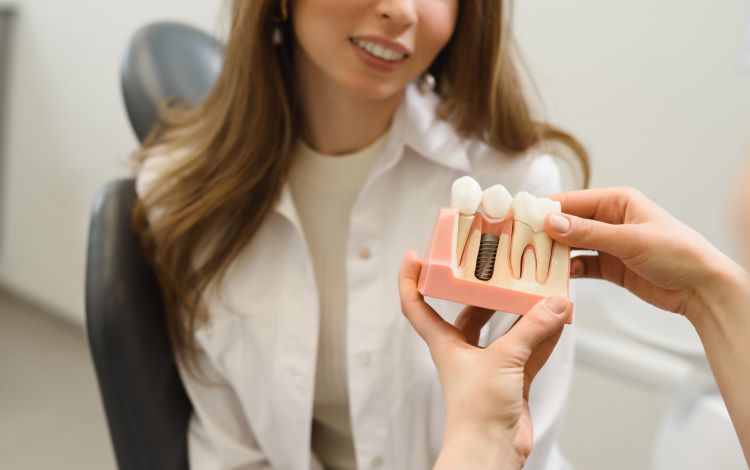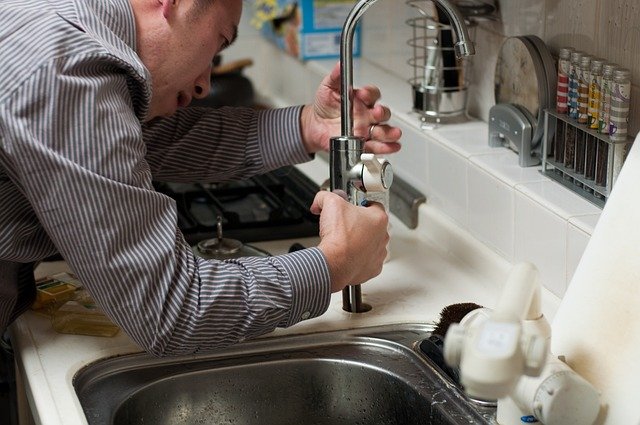Dental Implants for Seniors: What to Expect and Key Considerations
Losing natural teeth can affect nutrition, speech and confidence, and dental implants offer a long-term option for replacing single teeth, multiple teeth or stabilising dentures. For seniors considering implants, the decision involves medical, dental and practical factors that influence suitability, healing and long-term care. This article explains key points seniors and their caregivers should know.

This article is for informational purposes only and should not be considered medical advice. Please consult a qualified healthcare professional for personalized guidance and treatment.
Who is a suitable candidate for implants?
Suitability depends on oral health, general medical condition and personal goals. Many older adults are appropriate candidates if they have stable chronic conditions (for example, well-controlled diabetes or hypertension), adequate bone support or the possibility of bone augmentation, and good oral hygiene. A dentist or a specialist (oral surgeon or prosthodontist) will assess gum and bone health, review medications that affect healing (such as blood thinners or bisphosphonates), and discuss expectations. Age alone is rarely a contraindication; individual health status and functional needs matter more.
What medical and dental considerations matter?
Preoperative assessment includes a medical history, clinical dental exam and imaging such as dental X-rays or cone-beam CT. Conditions that can affect implant success include uncontrolled diabetes, smoking, certain immune disorders and previous head and neck radiotherapy. Medication reviews are important because some drugs influence bone metabolism or bleeding risk. Dental factors include the extent of tooth loss, condition of adjacent teeth, gum disease, and the amount and quality of jawbone. If periodontal disease exists, it must typically be treated before placing implants.
What does the surgical process involve?
The implant procedure commonly follows stages: consultation and planning, implant placement into the jawbone, a healing period for osseointegration (bone bonding to the implant), and placement of the final restoration (crown, bridge or denture attachment). Some cases allow immediate restoration; others require staged treatment. Procedures are usually performed under local anaesthesia, sometimes with sedation for anxious patients. Minimally invasive techniques reduce recovery time, but seniors may require additional planning for comfort and safe sedation if needed.
How do bone grafts and alternative options affect seniors?
Many older adults have reduced jawbone volume after long-term tooth loss. Bone grafting or sinus lift procedures can rebuild bone to support implants, but these add healing time and procedural steps. Where grafting is not possible or desired, alternatives include shorter or narrower implants, implant-retained dentures (overdentures) that require fewer implants, or conventional removable dentures. Each option balances invasiveness, function and maintenance; a dentist will tailor recommendations to oral anatomy, overall health and personal priorities.
What is recovery like and what are possible complications?
Typical recovery from implant placement involves a few days of soreness and swelling, with a several-week to several-month healing period before the final restoration. Seniors may heal more slowly than younger patients, and close follow-up is important to monitor integration, manage infections and adjust medications if necessary. Possible complications include infection, implant failure (lack of osseointegration), nerve or sinus issues in certain locations, and peri-implantitis (inflammatory bone loss around the implant). Good oral hygiene, regular dental reviews and prompt attention to any signs of pain or loosening reduce risks.
How to choose providers and local services
Selecting a clinician experienced with older adults helps ensure appropriate medical screening and tailored care. Consider dentists who work with specialists—oral surgeons, periodontists and prosthodontists—or practices that provide coordinated care for complex cases. When searching for local services, ask about clinician qualifications, experience with implant procedures for seniors, sedation options, and follow-up care including hygiene support. In some healthcare systems, funding and availability differ: for example, coverage for implants through public systems may be limited, so many patients look to private practices or specialist clinics for options and financing plans.
Conclusion
Dental implants can restore chewing function, appearance and confidence for many seniors, but suitability depends on overall health, bone condition, medication use and realistic expectations about treatment time and maintenance. A careful assessment by dental and medical professionals will determine the best approach—implant-based solutions, grafting, or alternative prosthetics—so that treatment aligns with clinical needs and personal goals.






